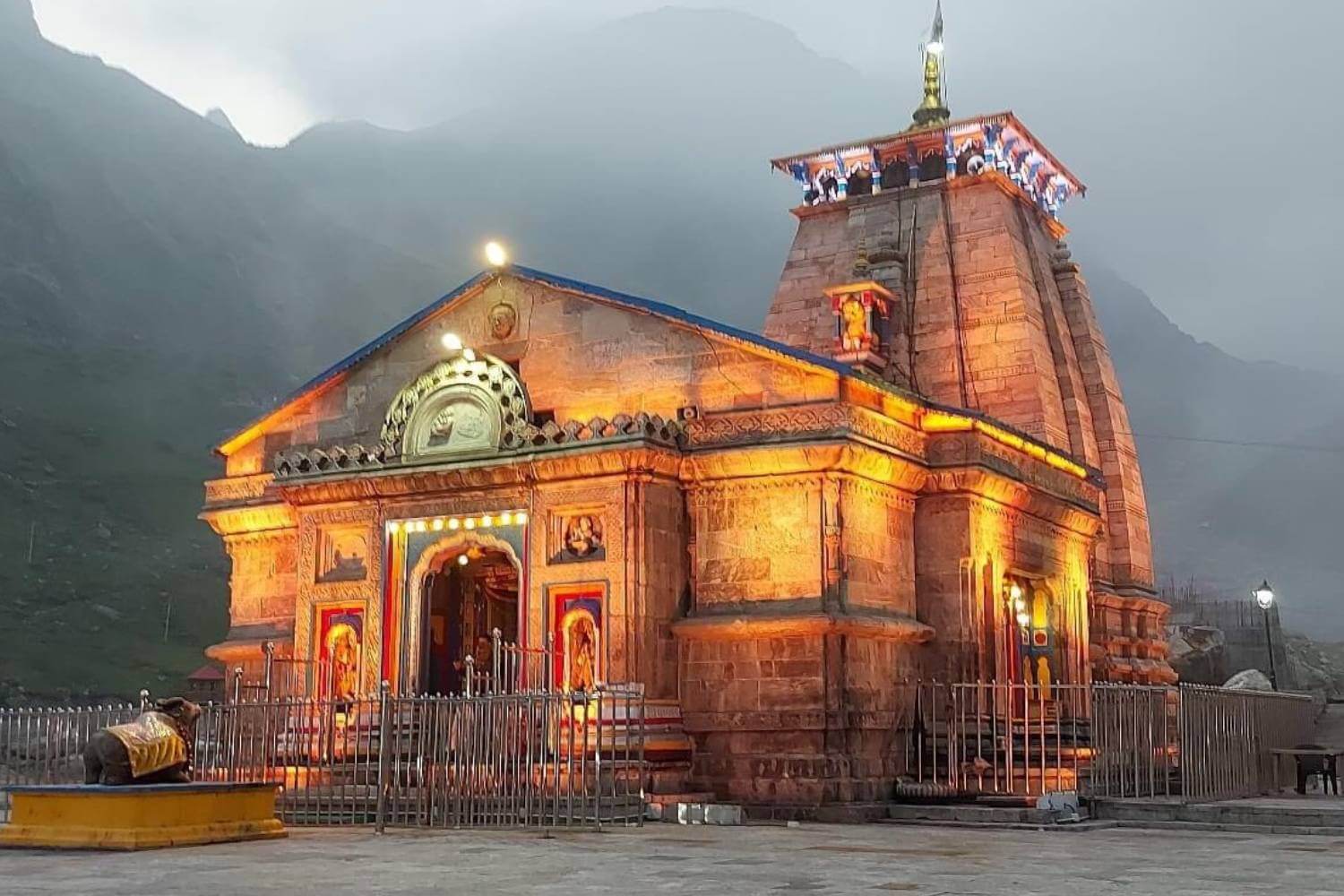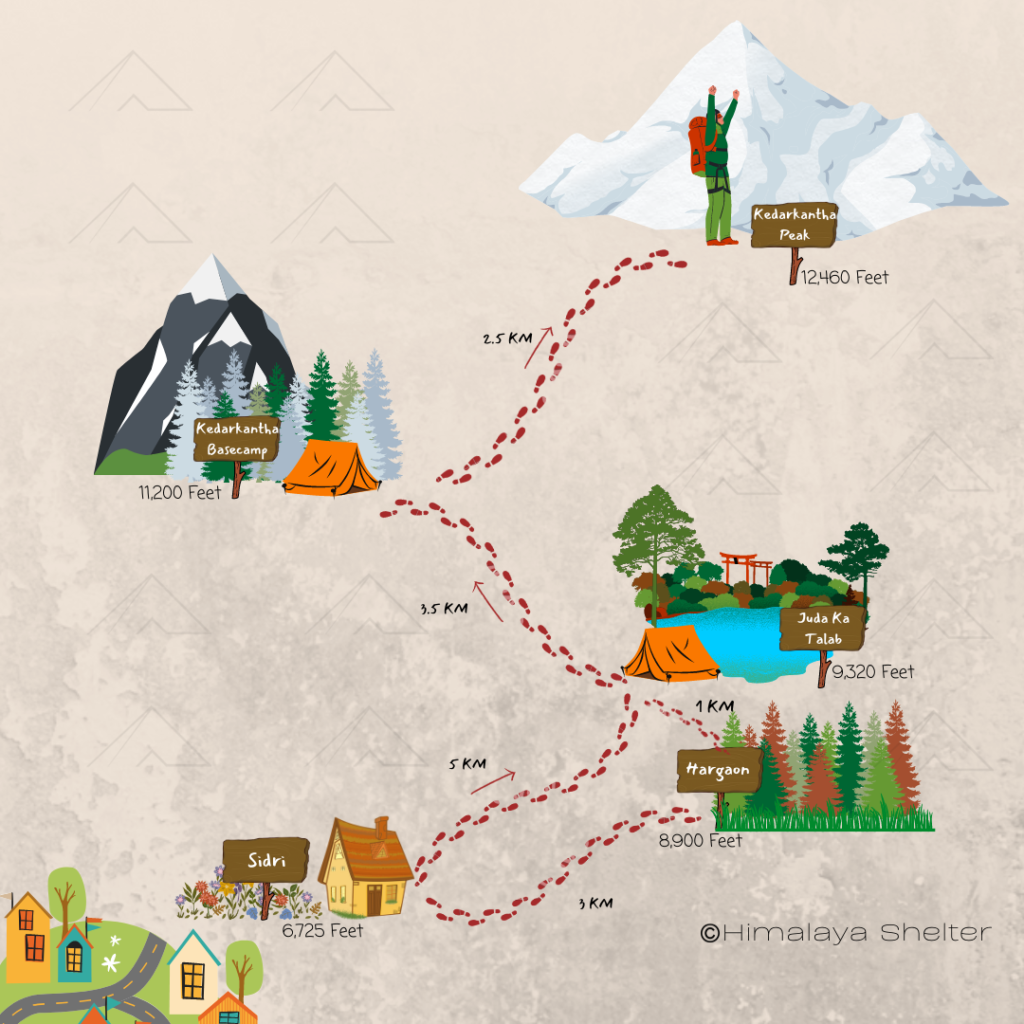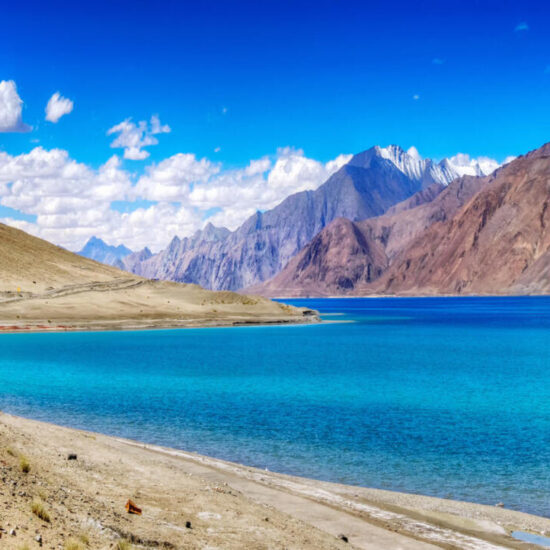
Kedarnath Temple: A Journey to the Abode of Lord Shiva
Too many stories revolve around the mythical Kedarnath temple and visiting Lord Shiva’s home has been a pilgrimage that most Hindus adore. It has been a center of devotion since ancient times. Stationed 3,583 meters above sea level, on the body of the Garhwal Himalayan ranges, the Kedarnath tour package from Mumbai can be a feast for the eyes and the devoted mind.
The history of the temple of Kedarnath dates back to the ancient times during the peak of the Hindu religion and it is believed that you can attain moksha by visiting the Dham. The level of spirituality in this region is deep and the historical evidence is high.
Historical Roots: Tracing the Origins of Kedarnath Temple

The exact date for the construction of the Kedarnath Temple is not known to man, but it is believed to be more than 1000 years old, having been built during the 8th century AD. It is believed that the Hindu saint and philosopher, Adi Shankaracharya, built the Dham and spent a long portion of his lifetime there.
The earliest references of the Dham are in the Skanda Purana from the 7th and 8th centuries. It is said that Lord Shiva had released the Ganga from his matted hair at that place.
Architectural Grandeur: The Magnificent Kedarnath Temple
When the trek organisers, Mumbai will take you to the Kedarnath Dham, you will notice that the temple is made of large grey stone slabs. No mortar has been used to set them in place, but they have iron clamps that have attached them to each other.
The Kedarnath lingam is irregularly shaped, and placed on a cylindrical pedestal with the dimensions of 3.6 meters/12 feet in width and 3.6 meters/12 feet in height.
There is a great statue of Nandi at the entrance of the Dham and the hall has statues of Draupadi, the Pandavas, Lord Krishna, Virbhadra, and other Hindu deities. There is a mandap for the devotees and a garba griha that is used for the worship of the lord. There is also a Sadashiva, a conical form, of the lord within the temple that is worshipped.
Spiritual Significance: Understanding the Beliefs and Myths
The legends speak that the Kedarnath Temple the place to visit Lord Shiva’s home was built by the five Pandava brothers, though there is no mention of it in the Mahabharata. The brothers were in search of Lord Shiva, since they won the Mahabharata war by killing all their kin, committing a great sin. They were advised by their mentor to travel to the Himalayas in search of the great lord. They found Lord Shiva in the form of a bull at Guptkashi.
Bheema had noticed that the bull was actually Lord Shiva. As the bull was trying to disappear, Bheema had caught its tail and after a long tug of war, the Lord agreed to show himself to the Pandavas. When the great lord appeared in his true form before the brothers, they asked for forgiveness. The lord forgave them and he wished to reside in the triangular form of a lingam at Kedarnath Dham from that day. The body of the bull was divided into 5 pieces that fell at five different places—the hump fell at Kedarnath.
The Journey of Faith: The Kedarnath Yatra

The journey to Kedarnath is believed to be very difficult since you have to travel and trek through the rough terrain of the mountains for a distance of 22 kilometers. As the height increases, the difficulty that you have in breathing also increases. As your body tires with the uphill climb, your mind and heart, dedicated to Lord Shiva is the only thing that keeps you going.
The Kedarnath Yatra is a journey to test the strength of your faith. If your faith is strong enough, you will be graced with the scenic beauty of the high mountains and the opportunity to look at the Lord.
The Panch Kedar Connection: Part of the Five Holy Shrines
After the Lord, in the form of a bull, was stopped by Bheema, he had disappeared in Guptkashi and the body of the bull had been scattered across five places. The Kedarnath Temple is only just one of the pieces of the body of the bull.
- The place where the hump landed is Kedarnath
- The place where the face landed is Rudranath
- The place where the arms landed is Tungnath
- The place where the navel and stomach landed is Madhyamaheshwar
- The place where the hair locks or the jata landed is Kalpeshwar
Rituals and Festivals: Immersing in Divine Celebrations
The rituals for Lord Shiva are conducted throughout the day. The morning puja takes place from 4 am to 7 am. You can also opt for the Mahabhishek, Rudrabhishek, and Laghurudrabhishek, along with Shodasopachar puja and ballbhog.
The evening puja takes place from 6 pm to 7:30 pm where Lord Shiva’s 1008 names are chanted. The recitation of Shiva Mahimastotra along with the Shiva Thandavastotra is also done.
The festivals include the Badri-Kedar Utsav during June, Sharavani Annakoot mela on the day before Raksha Bandhan, and Samadhi Puja on the day when the Dham is closed for the next 6 months.
Conservation Efforts: Protecting the Sacred Heritage
The temple has been put under construction several times for the betterment of the building. Especially after the flash floods in 2013, the temple was reconstructed again to protect its grandeur and repair the plinth of the temple, filling in the missing stones.
The carvings were created within the stones to match the original design. The entire interior of the temple had also been cleaned out after the 2013 accident, removing the marble floors and providing for wooden flooring within the garba griha. The duty of the conservation of the temple is in the hands of the Archaeological Survey of India (ASI).
The government’s plan is to protect the temple at all costs since it is a great part of our rich heritage.



